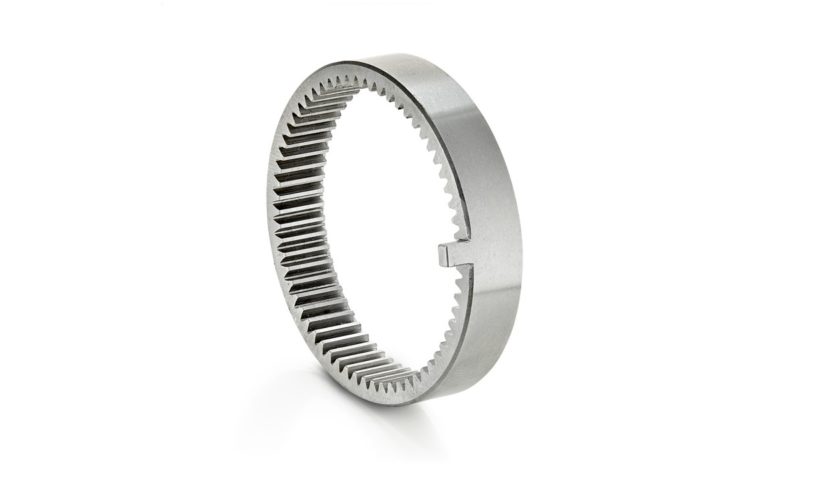Learn About the Advantages of Electrical Discharge Machining
Electrical Discharge Machining
EDM is a nontraditional precision machining process whereby a typically conductive material work piece has features created by the controlled erosion of material using electrical discharges (sparks). At its core, Electrical Discharge Machining involves two electrodes (one being the work piece) separated by a dielectric liquid, typically deionized water or oil. When the field strength between the two electrodes is high enough, the dielectric breaks down, current flows across, and material is removed from both electrodes. The current flow between electrodes is NOT constant; rather it is instantaneous, producing debris which is flushed out by the fluid. This can be done repeatedly to erode a finely controlled feature that would be impossible to create utilizing traditional machining methods.
Engineering Advantage
The popularity of Electrical Discharge Machining (EDM) is on the rise when it comes to machining precision parts. It is a proven complementary method to traditional manufacturing processes like Swiss turning and milling, and is well suited to producing geometrically complex high precision gears, mechanical components and quick turn prototypes.
Types of Electrical Discharge Machining
Wire EDM: In Wire EDM, the electrode is a brass wire that comes off a spool and is fed through an upper and lower diamond guide, and then discarded after it is used. The wire is controlled by a CNC control which allows you to program a path for the wire to travel.
Sink EDM: Also referred to as “Plunge EDM” or “Ram EDM,” in Sink EDM the electrode is a machined shape and the machine uses this shape to erode the inverse shape in the work piece. This process is also very accurate and commonly used to burn mold cavities where the electrode starts out the shape of the final molded part and is used to erode a cavity in a mold that is later used to make thousands or millions of parts.
Small Hole EDM: With Small Hole EDM, a small hollow electrode spins about a spindle much like a drill and drill bit (EDM drill). This type of EDM compliments the Wire EDM by providing the ability to drill pilot holes through heat-treated materials and carbide so that you can thread the wire through this pilot hole for a place to start your wire cut.
Advantages of Electrical Discharge Machining
- Creates complex shapes that would otherwise be difficult to produce with conventional cutting tools.
- Cuts extremely hard, challenging and exotic materials to very close tolerances for high precision mechanical components.
- Suits very small work pieces, where conventional cutting tools may damage the part from excess cutting tool pressure.
- There is no direct contact between tool and work piece. Therefore, delicate sections and weak materials can be machined without any distortion.
- No burrs.
- Little or no polishing is required after the process is complete.
Disadvantages of Electrical Discharge Machining
- The slow rate of material removal.
- The additional time and cost used for creating electrodes for Ram/Sink EDM.
- Reproducing sharp corners on the work piece is difficult due to electrode wear.
Mechanical Design Considerations
- Relax the surface-finish for the part, if feasible. This allows the manufacturer to produce the part with fewer passes, at a higher current level and a higher metal removal rate.
- Design or prepare the part such that the amount of stock removed by EDM is relatively small. Use traditional machining techniques to remove the bulk of the stock with the finishing operations performed by EDM. This significantly reduces the amount of time and cost for each part.
- EDM manufacturers should consider fixtures, such that several parts can be stacked and machined simultaneously, or a single part can have several EDM operations performed simultaneously.
- When existing holes are to be enlarged or reshaped by EDM, through holes are preferred to blind holes as they permit easier flow of dielectric fluid past the area being machined.
- There will be some degree of materials exchange between the EDM wire/probe and the base material. Specify a cleaning procedure if galvanic corrosion is a concern.
Electrical Discharge Machining at Precipart
Precipart uses the latest in EDM technology for prototype and production of geometrically complex medical device components, aerospace gears, high precision actuation systems and more.
Have questions on an application? Contact us for immediate engineering support.





